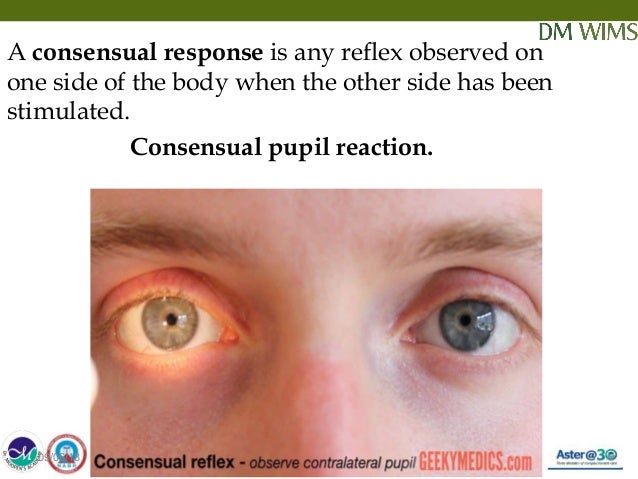

If you experienced a head injury before your pupils changed in size, contact 911 or go to the hospital immediately. For example, be sure to mention if you’ve recently experienced:ĭepending on your symptoms and medical history, your doctor might order one or more tests to help diagnose the underlying cause of your anisocoria. This is defined as a collection of blood in the extradural space and can be referred to as an extradural hemorrhage. Sometimes, this may occur in the spinal column as well. high intracranial pressure (ICP), one or both pupils may be very wide or 'blown.' The presence of a wide or dilated pupil on only one side suggests a large. An epidural hematoma is defined as a collection of blood in the space between the dura (protective lining that covers the brain) and the skull bone. pupil size, equality and response to light, eye opening, and for those in. An epidural hematoma is a collection of blood between the dura mater (the protective covering of the brain) and the inside of the skull. Epidural hematoma usually arises from a torn middle meningeal artery and is. You should also discuss any other symptoms you’ve been experiencing. Hematomas may occur anywhere within the brain. If you don’t already have a provider, our Healthline FindCare tool can help you connect to physicians in your area.ĭuring your appointment, your doctor will examine your eyes and have your vital signs taken. Forty consecutive patients who underwent craniotomy for traumatic hematoma after developing bilateral fixed dilated pupils were studied to determine the. If you notice a difference in size between your pupils, contact your doctor right away. It is strongly recommended that patients with an acute epidural hematoma in coma (GCS < 9) with anisocoria undergo surgical evacuation as soon as possible.

Sometimes, bleeding does not start for hours after a head injury. It would not be visible to the naked eye. The symptoms usually occur within minutes to hours after a head injury and indicate an emergency situation. Intracranial epidural hematoma: This refers to a hematoma that occurs between the bone of the skull and the outer lining of the brain. A victim suffering a concussion and epidural hematoma concurrently may present with which of the following. Weakness in part of the body, usually on the opposite side from the side with the enlarged pupil. Symptoms are dependent on the type of TBI (diffuse or focal). Unequal pupil size is potentially a sign of a serious brain injury.

How will your doctor diagnose the cause of anisocoria? Unequal pupils could indicate brain injury. Epidural hematoma involves bleeding into the area between the skull and the dura mater, the outermost of the three membranes surrounding the brain.


 0 kommentar(er)
0 kommentar(er)
